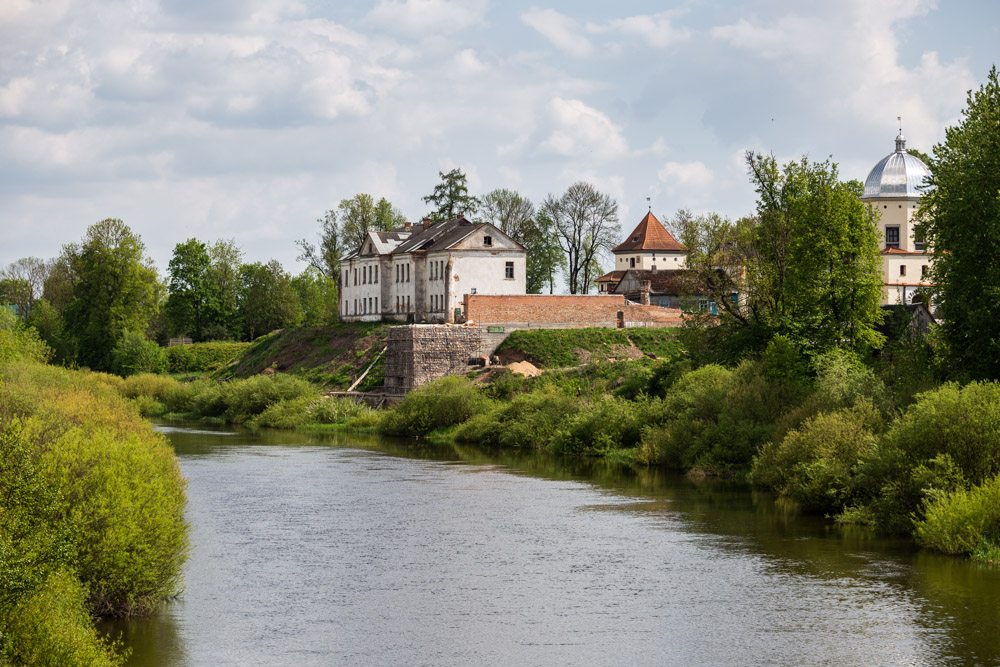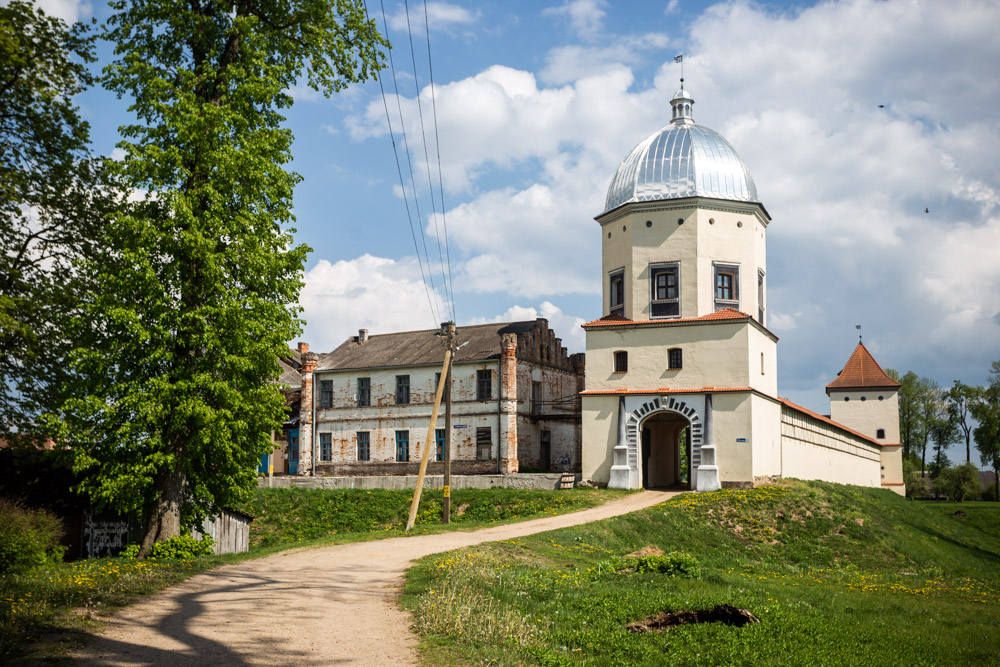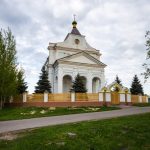Within the Grand Duchy of Lithuania, Liubča was part of Nowogródek Voivodeship. In 1795, the town was acquired by the Russian Empire as a result of the Third Partition of Poland.
From 1921 until 1939, Liubča (Lubcz) was part of the Second Polish Republic. Before World War II, approximately 1500 Jews lived in Liubča. There were 2 synagogues and a Jewish cemetery.
In September 1939, Liubča was occupied by the Red Army and, on 14 November 1939, incorporated into the Byelorussian SSR.
From 26 June 1941 until 8 July 1944, Liubča was occupied by Nazi Germany and administered as a part of the Generalbezirk Weißruthenien of Reichskommissariat Ostland. A short time after their arrival, the Germans selected 50 Jewish men and brought them to Navahrudak, where they were shot. In March 1942, a ghetto was fenced in and Jews from surroundings villages, like Delatyche, were brought into the ghetto. Later, three members of the Judenrat and Jewish police were shot by the Germans under the pretext of bad hygienic conditions inside the ghetto. Though the fate of the remaining Jews is not completely clear, it seems that a group was sent to the Navahrudak ghetto, where they were later shot in August 1942. Another group was sent to complete road construction near the village of Vorobyeviche, where they were also shot in August 1942. It appears that several hundred Jews were also shot and buried in the cemetery during spring 1942.
Любчáнский замок
Любчáнский замок заложили в 16 веке по приказу государственного деятеля Великого княжества Лито́вского Я́на Ки́шки. Изначально строение было деревянным, за исключением въездной башни.
После Ки́шки перестройкой Любчáнского замка занялся Христофо́р Радзиви́лл. Именно при Радзиви́ллах замок решили сделать каменным: снесли деревянные стены и отстроили кирпичные.
В 1655 году казаки решили отомстить Я́нушу Радзиви́ллу за его победу в войне с войском Богдáна Хмельни́цкого, а именно: напали на город и разрушили замок. После нападения замок перестал иметь тактическое и оборонительное значение.
С тех пор замок неоднократно менял владельцев, пока в 19 веке местечко не перешло во владение рода Фáльц-Фе́йнов. На месте развалин был отстроен новый дворец в английском неоготическом стиле. В таком виде замок простоял до начала XX века.
К сожалению, замок сильно пострадал во время Первой и Второй мировых войн и к концу 1945 года от него остались лишь руины, на которых чуть позднее построили школу.
В 2003 году был создан благотворительный фонд «Любчáнский замок», за счёт которого все восстановительные работы ведутся исключительно волонтерами.






